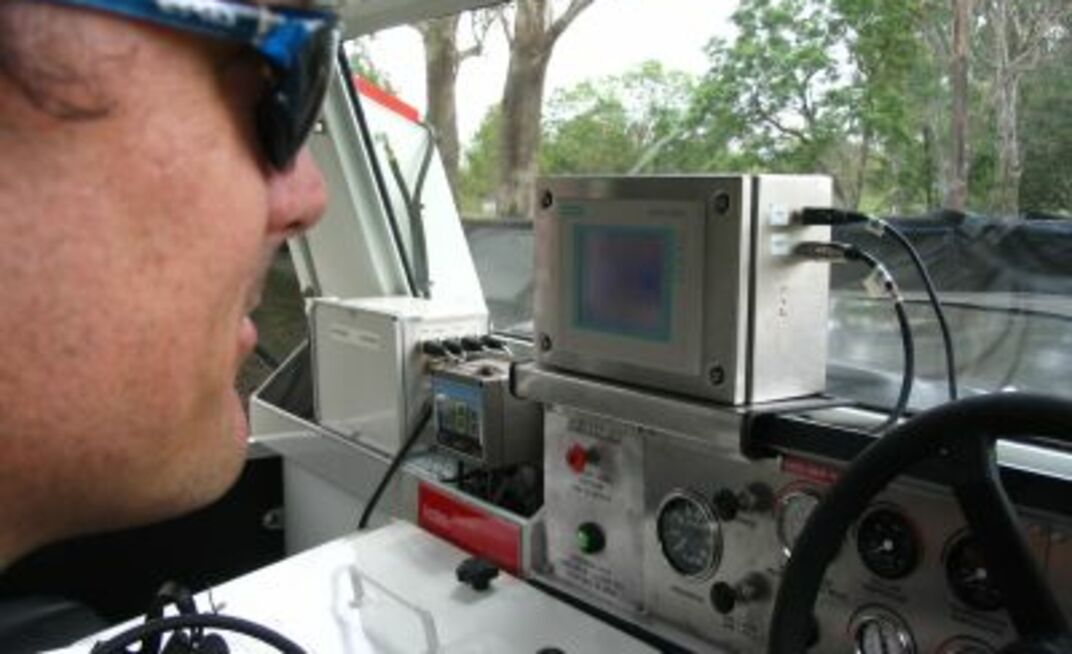The demonstration vehicle follows three years of research led by the Queensland Government’s Safety in Mines Testing and Research Station (SIMTARS) with extensive industry input. Over $600,000 has been invested in the project through the Australian Coal Association Research Program (ACARP) and fulfils the last recommendation to come out of the Moura Wardens Inquiry.
The vehicle has been developed for miners to assist their escape in the event of an emergency or under conditions of heat, humidity and limited visibility. It has been identified that if workers are located around 3km inbye, reaching them under a rescue scenario is difficult. With longer panels now in planning the distance goes out to 4km.
The vehicle, still at concept stage, demonstrates a research concept to allow coal miners to escape in modified vehicles in the case of an emergency. It provides a solution that can be retrofitted to any underground diesel vehicles, particularly transport vehicles.
“The project demonstrates that we must not be afraid to challenge cast iron rules,” said Ray Parkin, chairman of the project steering committee. “With modern technology we should continue to challenge.”
The next step in the project, scheduled for sometime after March next year, will be to trial a modified vehicle at a mine.
The major items on the demonstration vehicle include a navigation device, a methanometer, and on-board air supply.
A Siemens-developed sonic navigation device was found to be the most effective in dust and smoke. Four sensors mounted onto the vehicle allow the driver to navigate through roadways in blind conditions using a block type grid display that warns of sidewalls getting closer to the vehicle.
A real-time methanometer supplied by Ampcontrol has also been trialled. Both water- and dust-proof, the Spectralert methanometer was found to be the most heavily protected and gives a response time (T90) of 16 seconds.
An on-board air-supply system has been developed in conjunction with safety specialists Shairzal. An air cylinder delivers up to 1.4 hours of air through a manifold to plug-in masks for ten people.
A further requisite feature is the engine control strangler valve, with which most new generation diesels are fitted. Still to be developed is a way to override the valve shut-off from within the vehicle cab.
In the latest engine tests Simtars tested a transport vehicle in a 50 cubic metre air bag with methane levels of up to 18%. Engine idle speeds went from 900rpm to 1600rpm and beyond 10.5% methane idle speed decreased to 700rpm. The engine stalled at 18% CH4 (16.4% O2). Researchers noted the vehicle did not operate under load but remained in control the entire time, meaning the engine could be stopped and re-started.
Further tests will take four engines through the explosive range under load to determine their response to a high methane environment.
The next phase of the implementation will require certification of all the electrical equipment for use in ‘Group 1’ environments. Researchers are hoping the full package of modifications can be made to existing diesel equipment for a price tag of around $20,000.
























